#japanese print
Explore tagged Tumblr posts
Text
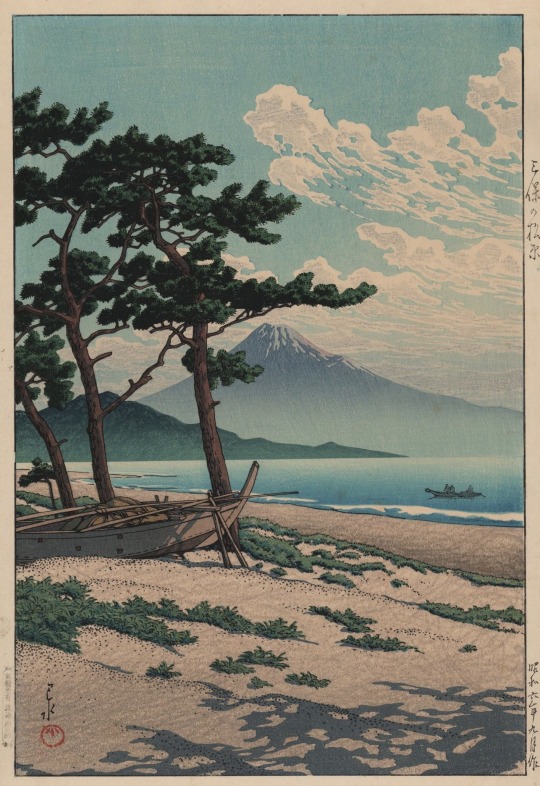
Kawase Hasui
Pine Beach at Miho
1931
#kawase hasui#hasui#woodblock print#art print#japanese prints#japanese print#japanese woodblock#japanese art#japanese artist#Asian art#1930s#print maker#beach#pine beach at miho#miho#seascape#sea view#ocean view
4K notes
·
View notes
Text

MacPaint ad, 1982
#80s#Apple#retrcomputing#MacPaint#Japanese print#Hashiguchi Goyo#Woman Combing Her Hair#vaporwave#aesthetic
922 notes
·
View notes
Text
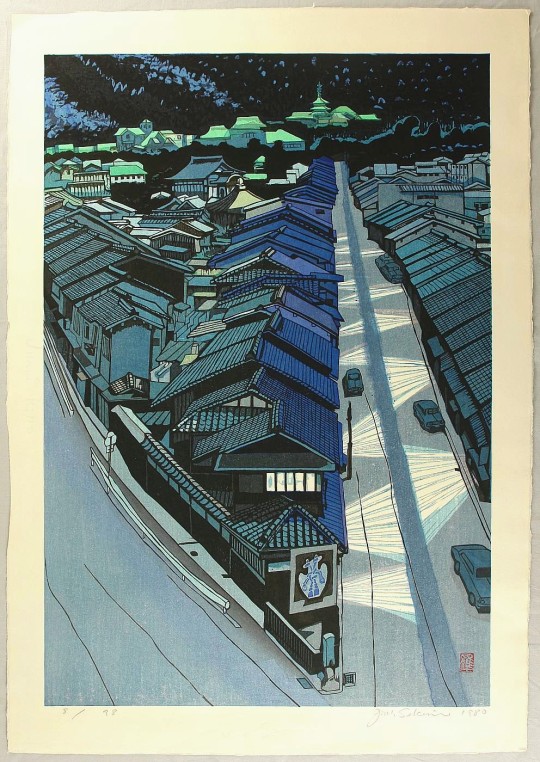
"Night in Kyoto" by Sekino Jun'ichirō (関野凖一郎), 1980
#japanese art#japanese print#関野凖一郎#sekino junichiro#japanese prints#arte japonés#impresiones japonesas
445 notes
·
View notes
Text

Camellia and Bird (Japanese, 1827) by Andō (Utagawa) Hiroshige (1797-1858).
Woodblock print.
Image and text information courtesy NYPL Digital Collection.
60 notes
·
View notes
Text

Aoyama Masharu ‘Exotic Flower’ circa 1950s.
Aoyama Masharu (1893 - 1969) was a Japanese printmaker. Studied ink painting at Tokyo School of Fine Arts and served in Imperial Household Museum until his retirement.
Known for carving the blocks for the prints, he was working in the sosaku-hanga (“creative prints”) movement, which began in the early 20th century and advocated self-drawn, self-carved, self-printed works.
#moda 365#fashion#fashion blog#fashion blogger#fashion lover#fashion photography#vintage#vintage fashion#art#aoyama masharu#printing#prints#printmaking#japanese art#art daily#daily art#japanese artist#japanese print
38 notes
·
View notes
Text



Credit: Morikazu Maeda (Japan, 1932-).
#morikazu maeda#Maeda Morikazu#cat#gato#woodblock print#katze#kat#katt#gatto#chat#kedi#cats in art#animals in art#art animalier#animalart#japanese print
44 notes
·
View notes
Text
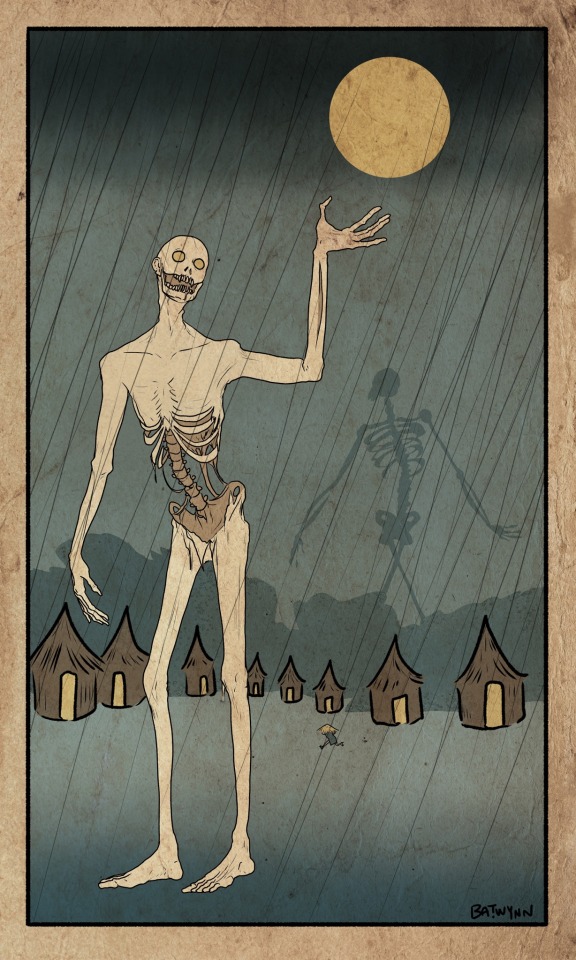
The skeletons, the rain, and the moon.
#Japanese print#skeletons#creepy#horror#horror art#spoopy#patron request#somehow this took 1/2 hour to draw#but working on comics is taking me forever lol
198 notes
·
View notes
Text

In this 1970 photograph, rows upon rows of unglazed porcelain rest patiently on wooden shelves, awaiting their transformation in the fiery depths of the kiln. This is the world of Hasami ware, where tradition and industry seamlessly intertwine.
Nestled in Nagasaki’s Hasami Town, this pottery lineage dates back over 400 years, yet by the mid-20th century, it had adapted to the needs of a rapidly changing world. Teapots, flasks, and bowls sit in orderly ranks, their forms refined and practical, destined for homes both in Japan and overseas. Unlike other historic kilns that remained rooted in handmade traditions, Hasami ware embraced both artisanal craftsmanship and mass production, striking a balance that allowed it to thrive in the post-war era.
What sets Hasami ware apart is its approachability. Durable yet delicate, it has long been favored for everyday tableware, its designs ranging from classic blue-and-white patterns to sleek modern forms. The efficiency of production never sacrifices beauty—each piece carries the marks of its origins, shaped by skilled hands before passing through the rigorous process of high-temperature firing.
As you look at this quiet, almost meditative scene, you can almost hear the gentle clinking of pottery being arranged, the distant hum of the kiln being prepared, and the anticipation of artisans waiting to see how the fire will complete their work. It’s a moment frozen in time—one that reflects not just the past but the enduring legacy of Hasami ware today.
Would you choose a piece of Hasami ware for your daily table? What do you look for in the perfect ceramic vessel—functionality, history, or the subtle beauty of handmade craft?
#ceramic#ceramics#handmade ceramics#decor#coffee#tea#home#japan#japanese pottery#japanese culture#japanese history#japanese art#japanese print#art and crafts#crafts#nippon#japanese#kyoto#tokyo#zen#zen art
9 notes
·
View notes
Text
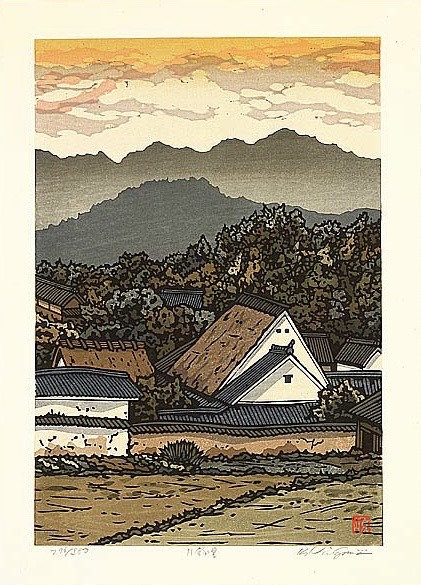
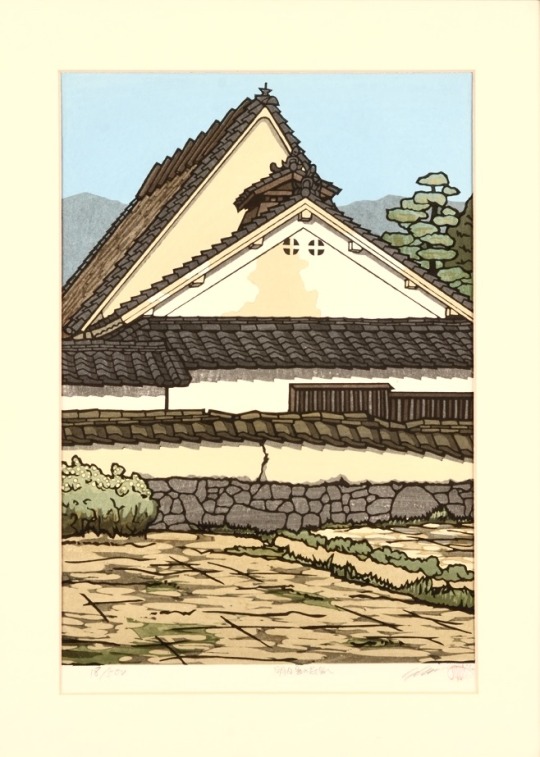
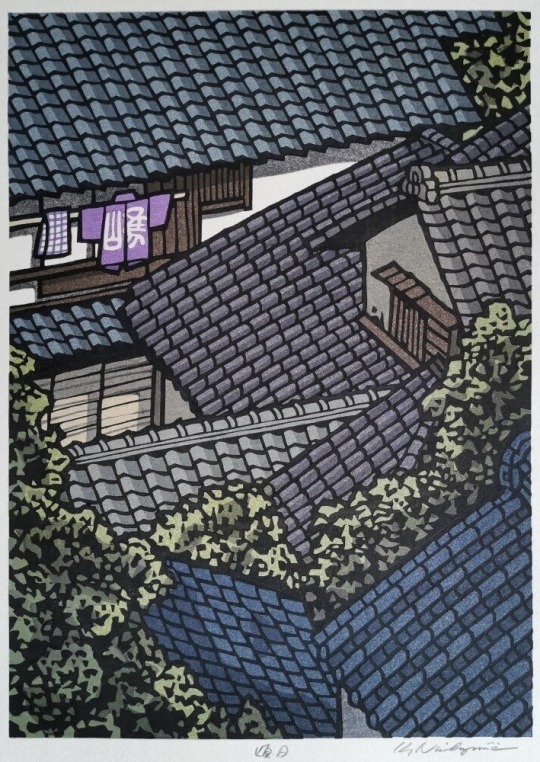
Woodblock prints by Nishijima Katsuyuki
21 notes
·
View notes
Text

the great wave sketch by Takun Williams 2024
#great wave#Japanese print#ocean#tide#moon#tides#waves#water#blue#aqua#floating#bubbles#mist#ink#woodblock prints
7 notes
·
View notes
Text
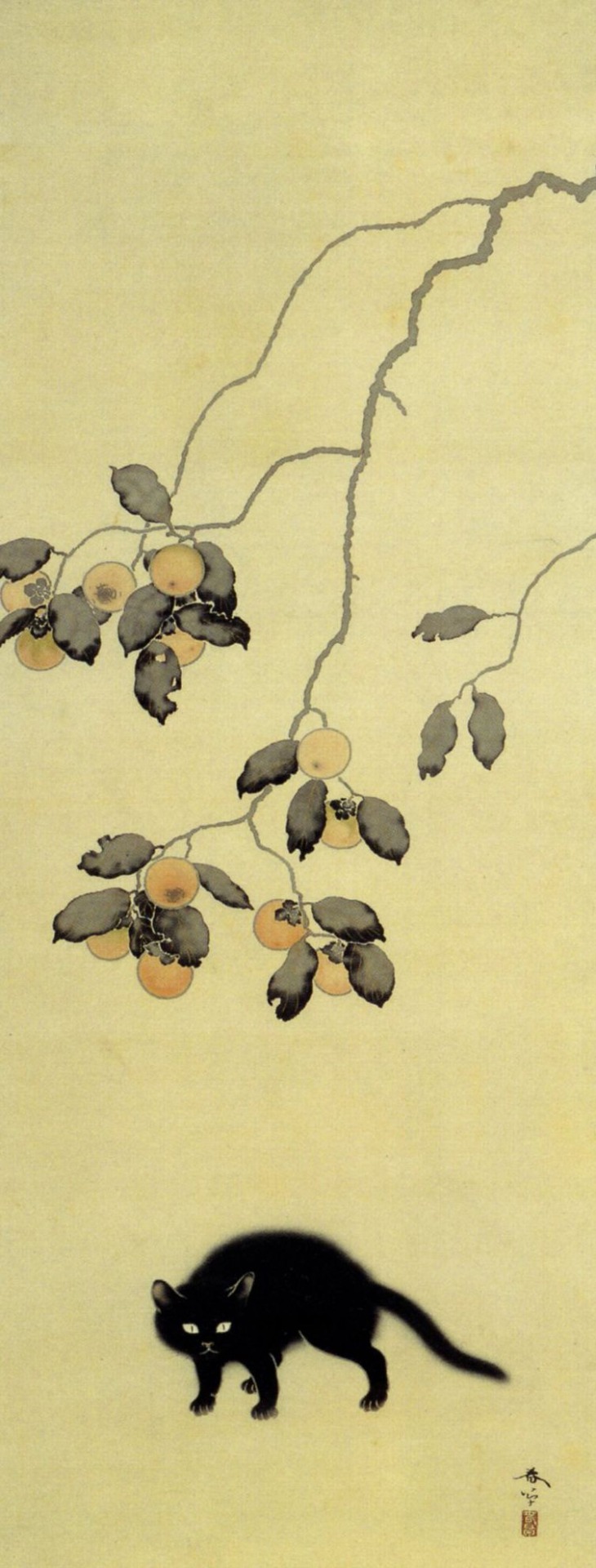
Hishida Shunso
Black Cat
1910
#hishida shunso#shunso#black cat#japanese print maker#japanese woodblock#japanese artist#japanese print#japanese prints#japanese art#woodblock#asian art#cats#cats in art#cat art#20th century art#cute cats#cute kitty#kitty#art history
3K notes
·
View notes
Text
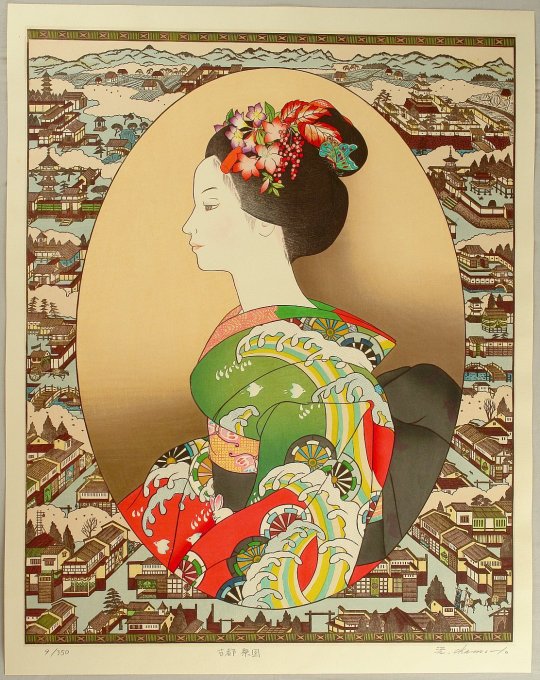
Ancient Capital Festival - Okamoto Ryusei (1987)
"Koto Matsuri Zu" ("Ancient Capital Festival"). It took 7 months to finish this elaborate design. The family name was hidden in the background. This print was shown at the 1992 CWAJ print show in Toyko.
#japanese culture#ukiyoe#japan#okamoto ryusei#japanese art#japanese tradition#japanese print#asian art#woodcut print#woodcut#woodblock print#woodblock#japanese woodblock#art
30 notes
·
View notes
Text
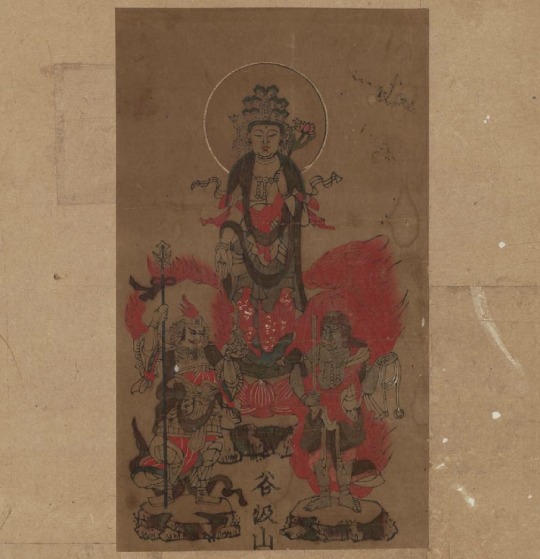
A 19th-century print of Eleven-Faced Kannon Bodhisattva (十一面観音菩薩) flanked by the guardian deity Bishamonten (毘沙門天) and the wrathful wisdom king Fudō Myōō (不動明王) at Kegonji Temple (華厳寺) in Ibigawa, Gifu Prefecture, thirty-third temple in the Thirty-three Temple Western Pilgrimage Circuit
Woodblock print, ink on paper, with hand-applied color from the collection of the Museum of Fine Arts, Boston
#buddhist art#japanese print#御札#talisman#十一面観音菩薩#十一面観音#juichimen kannon#観音菩薩#観音#kannon#avalokitesvara#毘沙門天#bishamoten#不動明王#fudo myoo#岐阜県#gifu prefecture#揖斐川町#ibigawa#華厳寺#kegonji#西国三十三所#天台宗#tendai
29 notes
·
View notes
Photo

Yoro Waterfall, Mino Province - Katsushika Hokusai
#Katsushika Hokusai#yoro waterfall#yoro#waterfall#mino province#asian art#asian nature#illustration#print#printed#japanese print#japanese#hokusai#art#painting#beautiful#poster#asian
17 notes
·
View notes
Text

Kiyoshi Saitō ‘Flower and a Girl’ 1974
Kiyoshi Saitō (1907 - 1997) was a celebrated Japanese printmaker.
Characterized by their distinctively graphic flatness, Saito’s works often feature recurring visual motifs endemic to Japanese landscapes, such as rural architecture, kimono-wearing women, and pinewood forests.
Saito’s work is known for fusing artistic Eastern and Western ideas and styles. He was inspired and influenced by Western artists including Paul Gauguin, Henry Matisse, and Pablo Picasso while also keeping to the long tradition of Japanese wood-block printmaking.
#moda 365#fashion#fashion blog#fashion blogger#fashion lover#fashion photography#vintage#vintage fashion#vogue#art#kiyoshi saito#saito#art of tumblr#art of the day#sosaku hanga#daily art#art daily#japanese art#printmaking#print#japanese artist#japanese print#japan
13 notes
·
View notes
Text




#repost @fumiyanagimoto (Tokyo, Japan). I am a fan of the cat and dog representation in the work of this Japanese contemporary printmaker and ceramicist.
#fumiya nagimoto#gato#perro#katze#chien#dog#illustration#cat#chat#hond#hund#printmaking#printmaker#japanese print#cats in art#dogs in art
8 notes
·
View notes